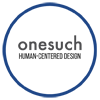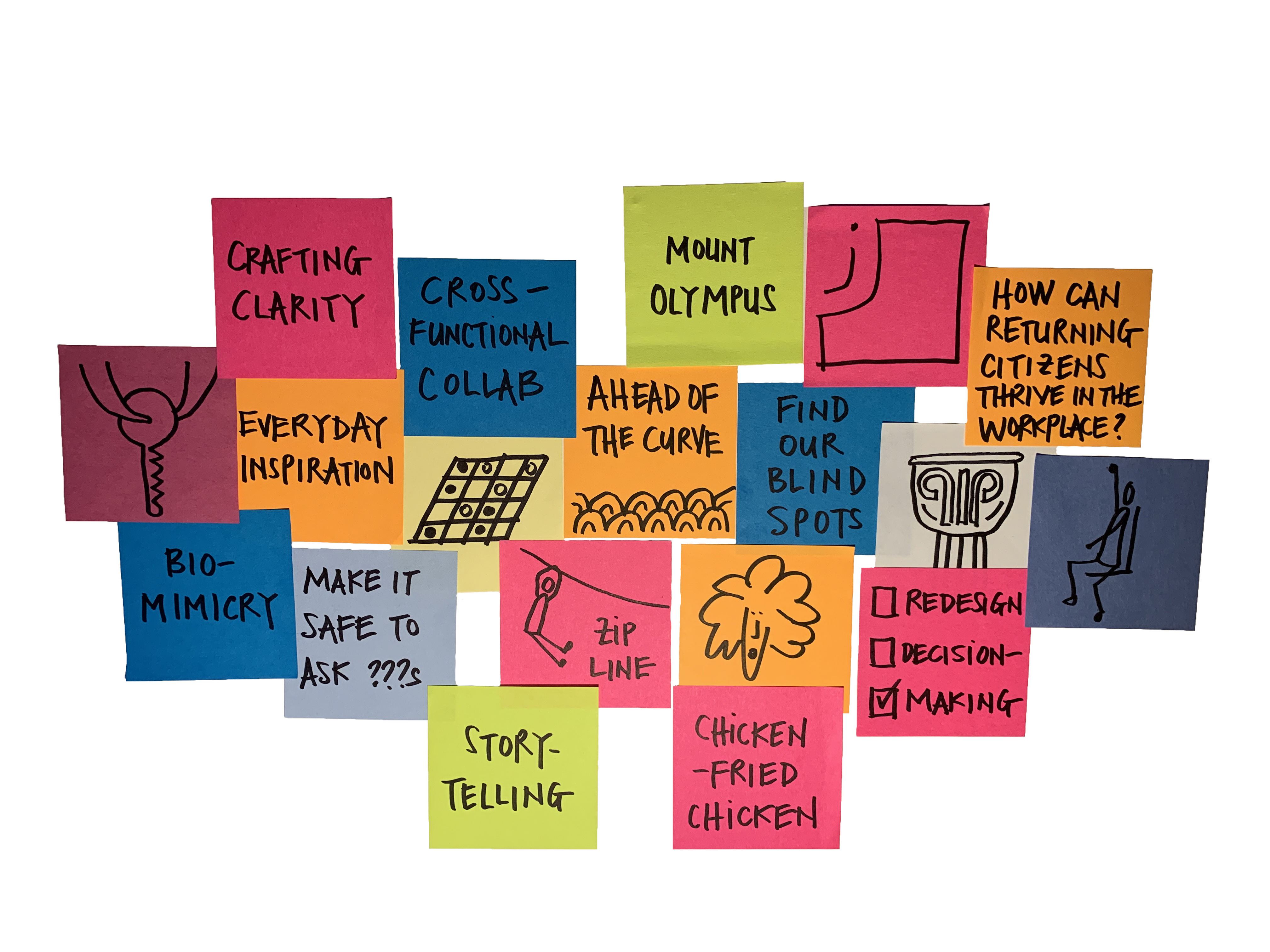
We worked with a large financial services company that has enjoyed a reputation of reliability and security among its customers for many generations. But financial services are changing, and many established companies are now finding themselves spending money to acquire the start-ups who are introducing disruptive change to their industry.
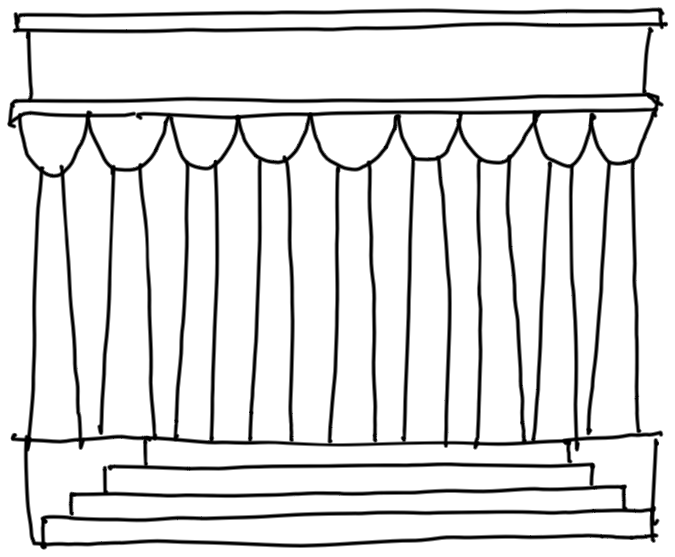
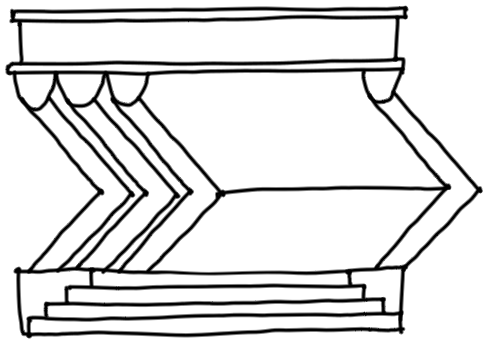
In this company, however, thought leaders identified a different opportunity. Could they educate executives, already instrumental to this company’s tradition of success, to become innovators and intra-preneurs so that they would not have to look outside the company for the next big thing?
These thought-leaders identified a talented cohort within their ranks and partnered with us, in the context of a larger relationship with Cornell ILR, to bring them all through an innovative program to empower executives, directors, and managers to engineer creative change throughout the organization.
This executive education program was centered on the methodology of Design Thinking, also known as Human-Centered Design, which was supplemented by instruction from other Cornell experts in topics of leadership, collaboration, and human resources. Design Thinking was chosen to be the backbone of this program because it gives professionals a proven set of tools to:
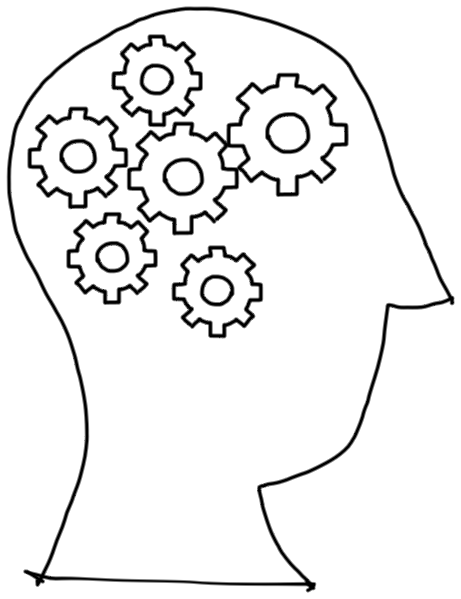
•innovate new, out-of-the-box ideas
•ground their innovations in what customers and employees really need
•collaborate with colleagues of different professional backgrounds
•complement big data with “thick data” about the users and contexts of eventual solutions
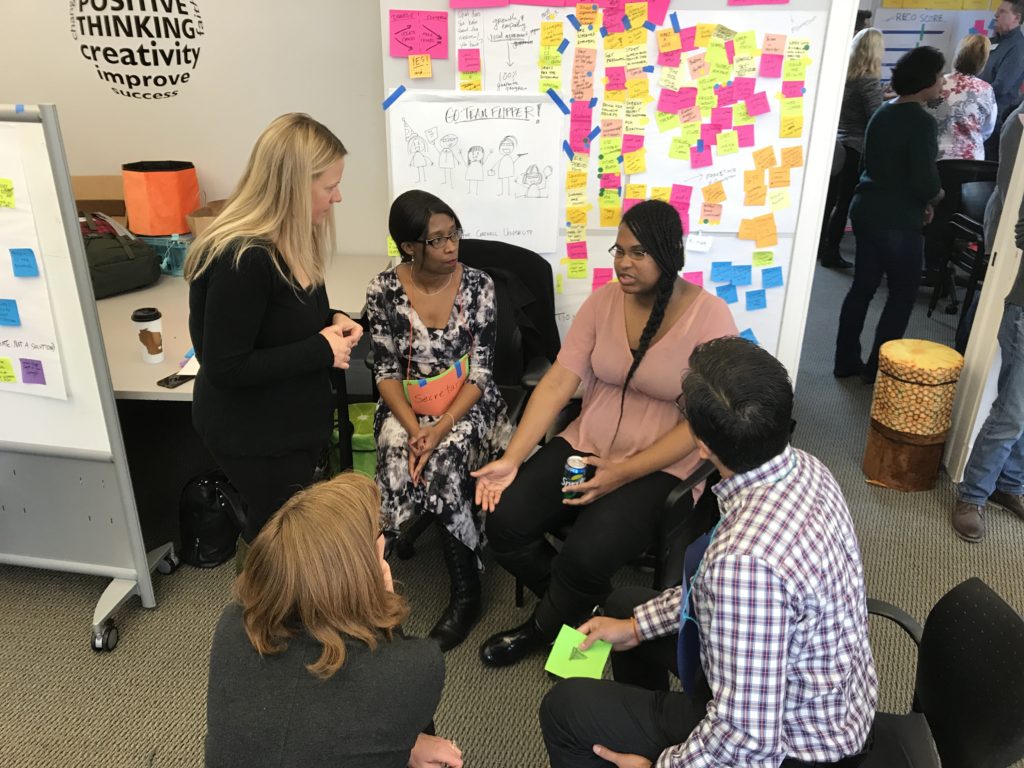
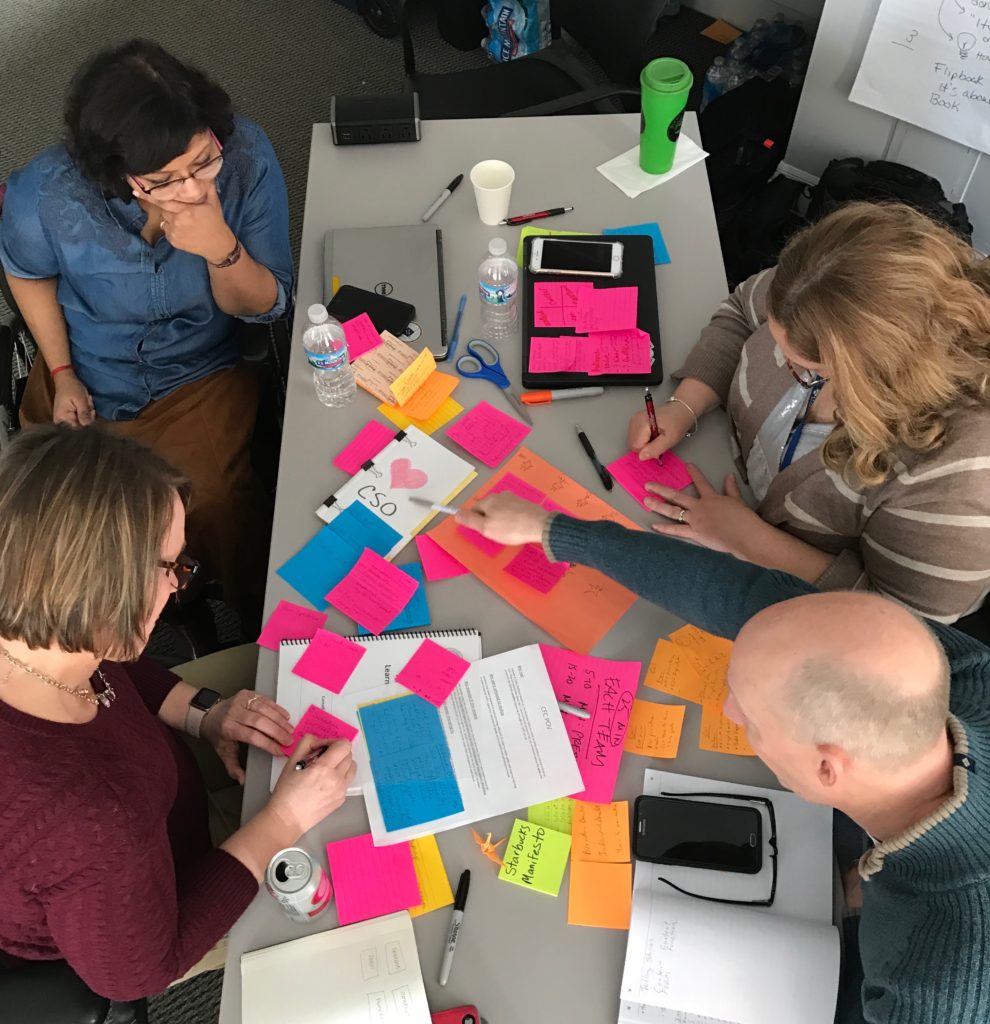
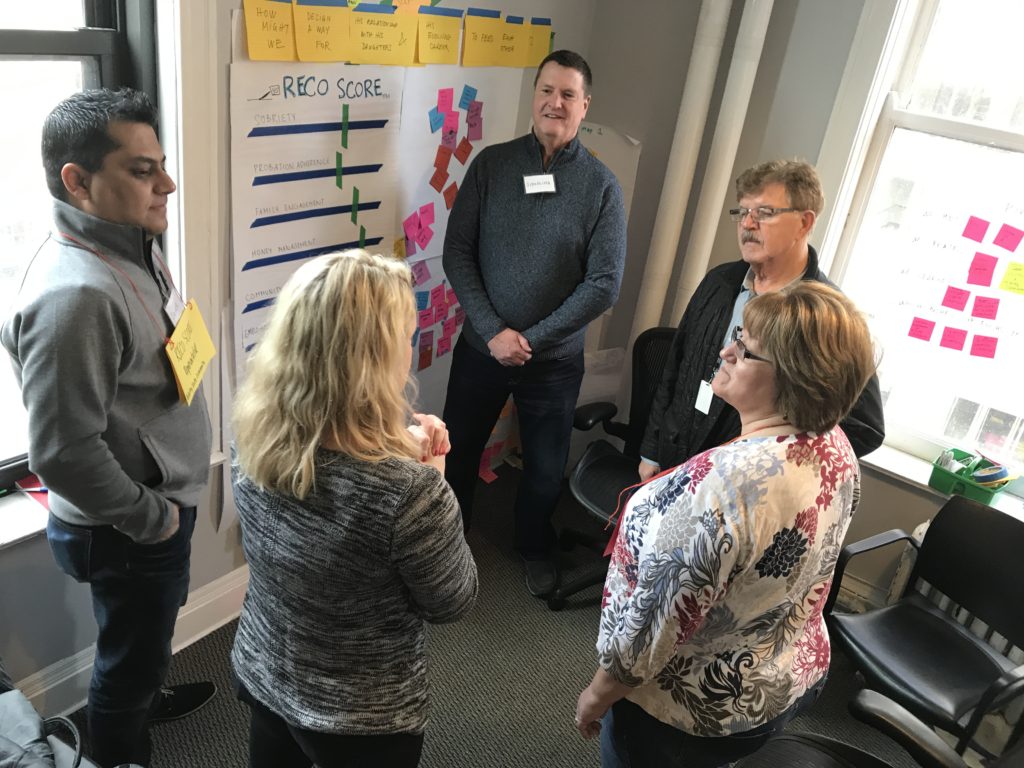
The design of this program was a creative adventure in itself, since we knew we had to go beyond a “classroom” model and devise a careful series of projects that were both designed to foster learning and also to make a real contribution to the company’s unique mission.
The program had three phases:

For our first project, we worked outside of the cohort’s normal responsibilities, designing a solution to an economic problem in the surrounding urban community. We worked with actual community stakeholders, who held us accountable for making solutions that would stick! Because we were working with a financial security organization, the financial aspect of the problem was relevant for the participants. But the fact that it was outside their normal scope of supervision allowed them to feel more comfortable taking risks as they tried out new ways of working together.
They learned: how to use Human-Centered Design to solve a real-world problem
They learned: what unexpected, useful insights can emerge when you begin by empathizing with real people
They learned: new ways to collaborate on cross-functional teams
Payoff: practice in new ways of designing solutions to problems
Payoff: engaging with the local community

 Armed with new understanding and practical experience, the cohort was now ready to work on an internal challenge that would have lasting impact: redesigning the way different units of the organization interface every day. It’s hard work to change the way people work together, and it can be even harder when it’s in your own workplace! The cohort learned first-hand how to convert these difficulties into advantages as they invented new processes and experiences for their fellow employees.
Armed with new understanding and practical experience, the cohort was now ready to work on an internal challenge that would have lasting impact: redesigning the way different units of the organization interface every day. It’s hard work to change the way people work together, and it can be even harder when it’s in your own workplace! The cohort learned first-hand how to convert these difficulties into advantages as they invented new processes and experiences for their fellow employees.
They learned: innovation has to delight the employees involved as well as the end-customer
They learned: more sophisticated and nuanced techniques to build on their Design Thinking foundations
They learned: how to conduct user research when the user is your co-worker
Payoff: participants gained confidence using Human-Centered Design on their own
Payoff: participants saw their work validated by the colleagues they were designing for

 In the last cycle of the program, participants identified projects in their own areas, and led them through to implementing medium-resolution prototypes. We were proud to see the results: these projects not only made internal processes work better; they also made them less contentious, less time-intensive, and more enjoyably productive.
In the last cycle of the program, participants identified projects in their own areas, and led them through to implementing medium-resolution prototypes. We were proud to see the results: these projects not only made internal processes work better; they also made them less contentious, less time-intensive, and more enjoyably productive.
They learned: how to identify a good opportunity for innovation
They learned: how to right-size opportunities into workable, human-centered challenges
They learned: how to recruit interested stakeholders as new collaborators
They learned: how to move low-resolution prototypes into medium resolution and high resolution
Payoff: as experienced designers, participants led their own projects and at every turning point they decided how next to lead the work
Payoff: many participants also saw their profile in the organization rise as a result of their work on these projects
The program’s success inspired the original thought leaders to partner with us again, so that additional cohorts of executives could benefit from the same deep, practical training. With you, we look forward to replicating the success of this project in an entirely new program designed to fit your organization’s unique needs.

